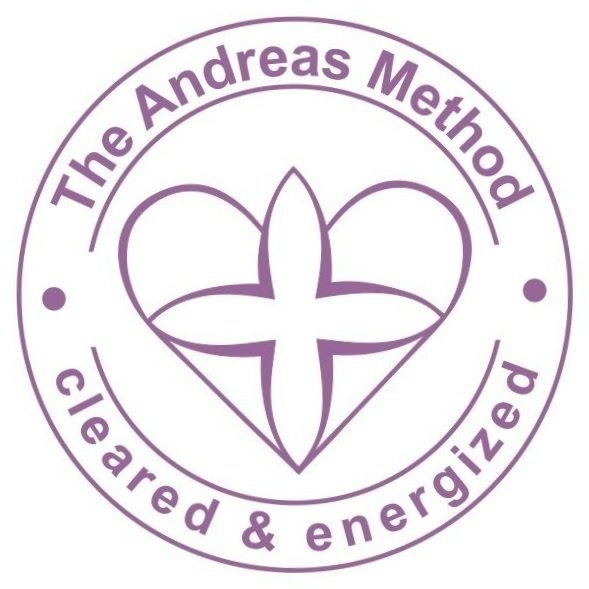Our Daily Bread
/Commercial wheat production is a “study in pesticide application.” [1] Wheat seeds are treated with fungicide before they are planted. Once they grow, they are sprayed with hormones and pesticides. Even the storage bins for harvested wheat are coated with insecticides. If some bugs survive and appear on the grains, the stored wheat is fumigated again.
98% percent of wheat eaten in the US is eaten as white flour.[2] That means, the nutrient rich bran and germ of the wheat berries are removed and many vital nutrients from the whole grain are lost in the refining process: [3]
Protein25 percent
Fiber95 percent
Calcium56 percent
Vitamin E95 percent
Zinc76 percent
Phosphorus70 percent
Iron84 percent
Magnesium98 percent
B-Vitamins80 percent
In addition to the loss of nutrients, harmful chemicals are added and created through the process of flour aging. Flour used to be aged naturally to improve its baking quality. Today, the milling industry uses the gas chlorine oxide as an aging and bleaching agent. Once the chlorine oxide interacts with proteins in the flour, alloxan is produced. Alloxan creates diabetic conditions because it destroys the cells that produce insulin.
Wheat does contain gluten. A rising number of people is intolerant or sensitive to this special type of protein. Less sensitivities have been reported from original crop forms of wheat such as einkorn wheat and emmer wheat. Not all foods from the grain family contain gluten. Great alternatives to wheat are wild rice, buckwheat, millet, quinoa and amaranth.
Enjoy organic, unrefined grains ;-)
Blessings,
Jeannette von Johnsbach
Sources:
1Joseph Mercola, MD; The Little-Known Secrets about Bleached
Flour, March 26, 2009
2John Robbins, The Food Revolution, page 82
3USDA Nutrition Database:
www.nal.usda.gov/fnic/foodcomp/contact.html

